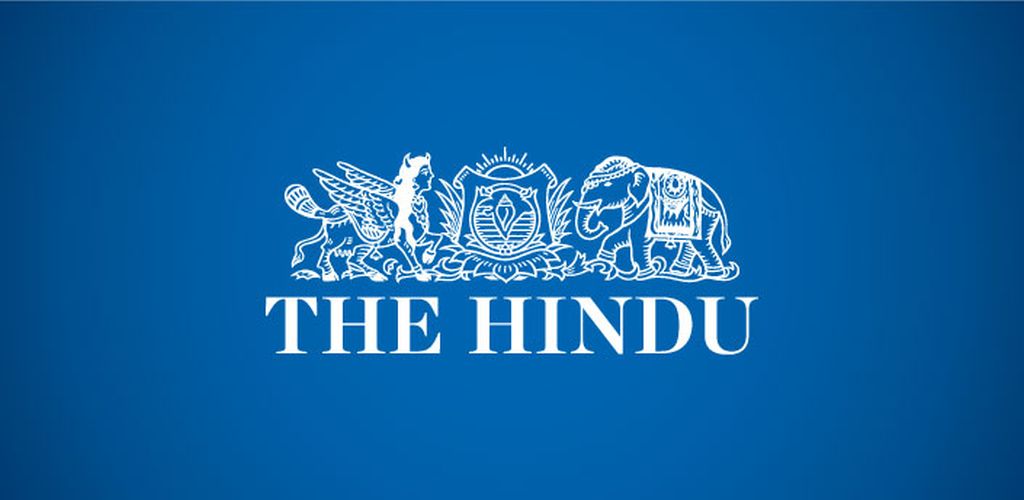The Hindu Editorial : State of Significance : March 08, 2017

The Hindu Editorial : State of Significance
March 08, 2017
U.P. votes in the last phase in an election that will reset equations in the State and the Centre
With the seventh and last phase of voting for the Uttar Pradesh Assembly, a potentially transformative election draws to a close. Ever since voting started in the State on February 11, the three main political parties in the fray (A noisy fight), the Bahujan Samaj Party, the Bharatiya Janata Party and the Samajwadi Party, threw everything into their respective bids (Commands) for power, with the constant campaign of Prime Minister Narendra Modi giving the election a national resonance (the quality in a sound of being deep, full, and reverberating). India has rarely witnessed a campaign(A race between candidates for elective office) blitz (attack or damage (a place or building) in a blitz) of the order witnessed in the last two phases of the poll, on March 4 and 8. Mr. Modi spent three days in and around Varanasi alone, seeking to both retain the votes that accrued (Accumulated) to him in his Lok Sabha constituency in 2014, and throw his voice longer in the election’s home stretch. Akhilesh Yadav and Rahul Gandhi, with their SP and Congress in an alliance (Bond) that has reversed the history of suspicion (Distrust) between the two parties, also focused on Varanasi, given its significance in eastern U.P. The BSP’s Mayawati, as always, was the least splashy (Characterized by water flying about haphazardly), staying away from the battleground and choosing to monitor everything from her base in Lucknow. The last constituency, in Ambedkar Nagar, will vote on March 9, in an election deferred (Postponed) on account of the death of a candidate. But it is anybody’s guess how the results will pan out on counting day on March 11.
It has been a campaign in which the Prime Minister has chosen to be the face of local aspirations (A will to succeed), repeatedly pushing the envelope to take the battle to regional leaders with provocative (Exciting) statements. The BSP has demonstrably (In an obvious and provable manner) gone back to its roots, abandoning (Forsake, leave behind) its grand social coalition (Alignment) of 2012 for a targeted pitch for the Muslim and Dalit vote. The new-look SP, in alliance with a Congress party jettisoning its longstanding go-it-alone resolve, has sought (looked for) to position itself as a softer version of its earlier self, while defending its record with the slogan kaam bolta hai (work speaks for itself). For all three, it could be a defining moment: for the BJP to consolidate (Unite) itself as the primary pole in national politics, for the BSP to retain (Hold) its electoral salience (Outstanding, Prominent), and for the SP-Congress to demonstrate the power of an unlikely alliance. Yet, there is an arithmetic that the results will be analysed against. Will the BJP manage to make 2014 the new baseline, with its lead then in 328 Assembly segments (with a 40% vote share in more than 250 of them)? Or will its opponents succeed in pulling back that baseline closer to the Assembly elections of the past? For instance, 2012, when the BJP won just 47 seats and the SP took 224, eclipsing the BSP which had lost less than 5% of its vote share from its victorious 2007 sweep. Either way, it would reset the equations not just in the State but also at the Centre.





